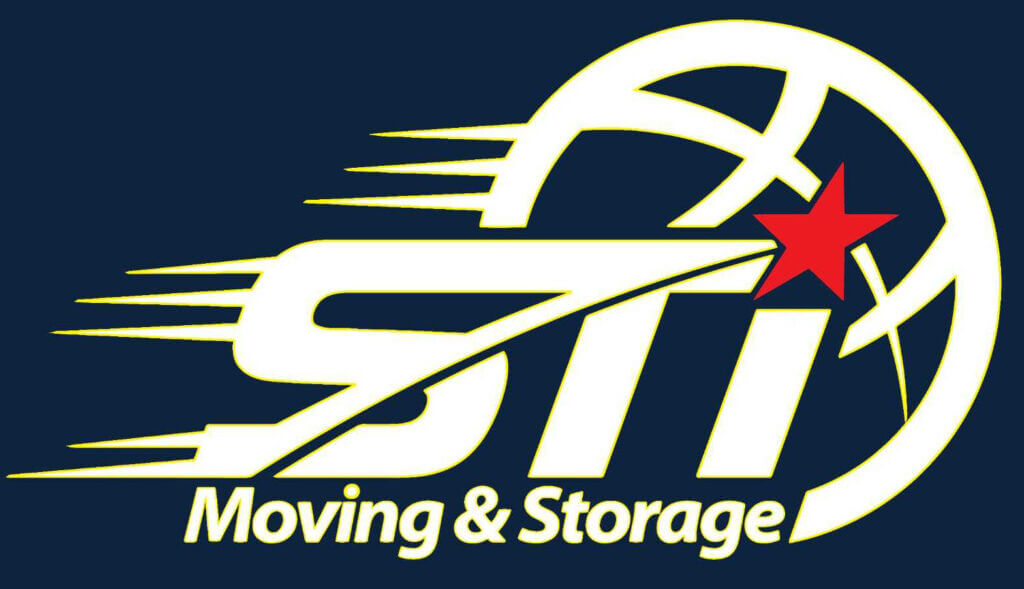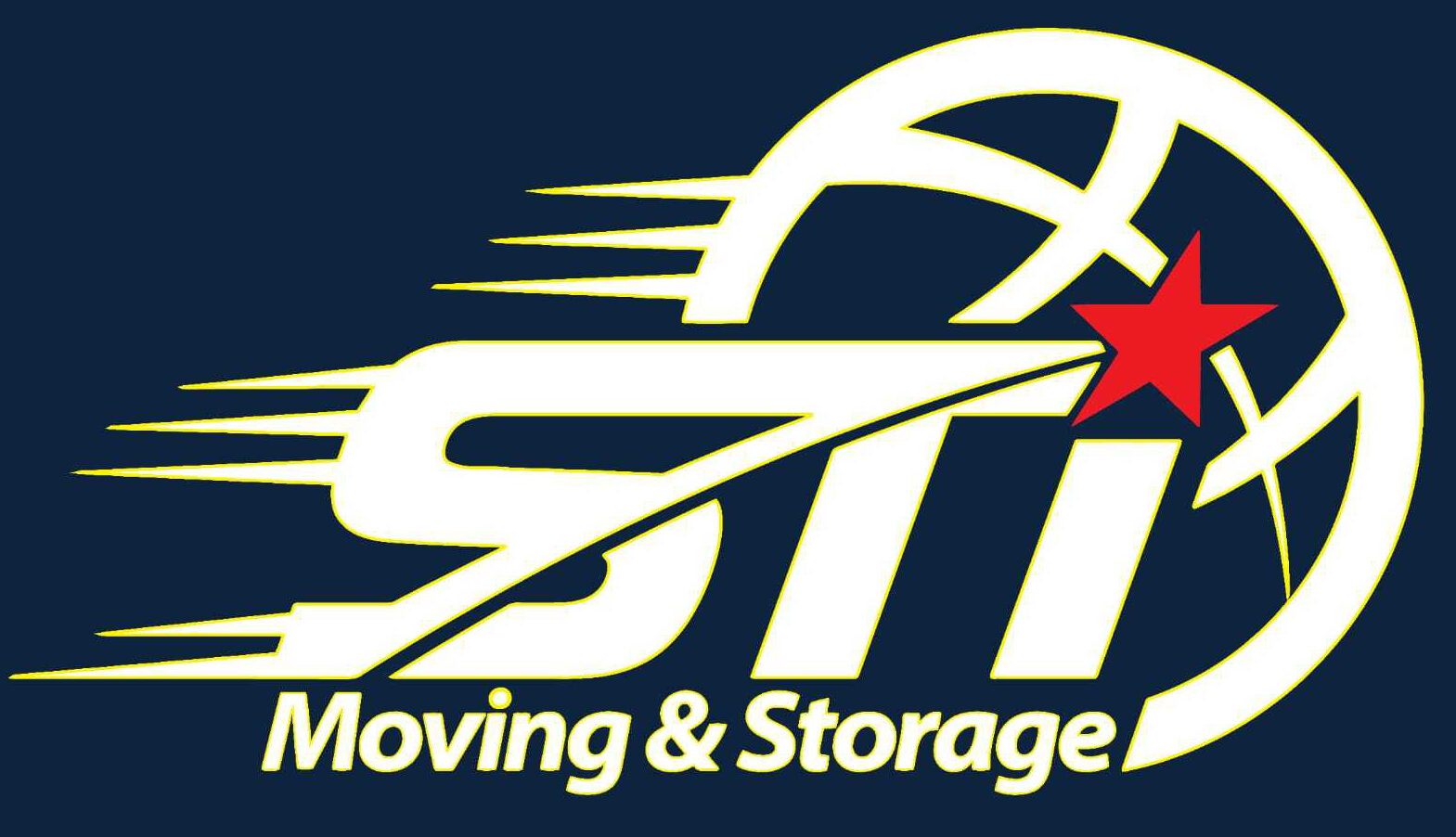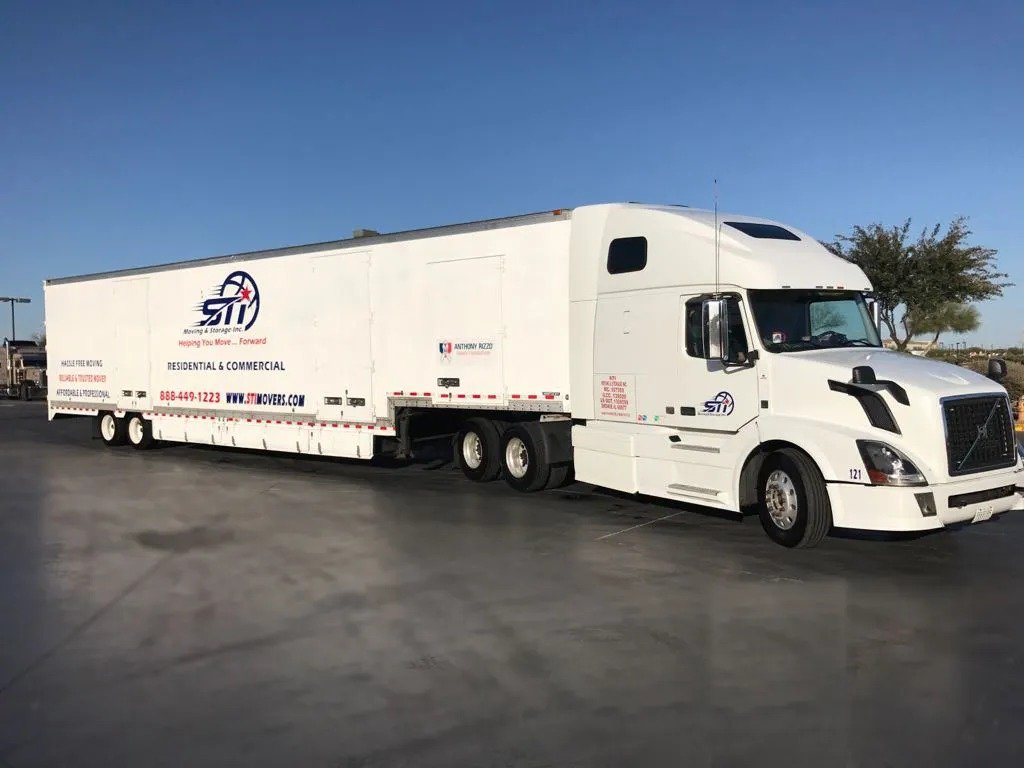Before moving your big appliances, make sure they’re completely clean and dry. This helps stop mold or mildew from forming. If there’s grease left on your stove, it can attract dust and dirt, and may stain anything it touches during the move. Also, make sure your fridge and freezer are totally dry—especially if they have an ice maker—so no water leaks out or causes damage later.
Refrigerator Moving Tips
Start by getting rid of any perishable food. Also, make sure to check the list of items that can’t be moved.
- Unplug the fridge & take out all the removable parts. Wash and dry everything completely. Let the inside of the fridge and freezer air out until all the moisture is gone.
- Put any loose parts—like bins and shelves—into a sturdy, safe container for the move.
- Vacuum the condenser or compressor to get rid of any dust. Clean and dry the evaporator pan too.
- If your fridge has a water dispenser or ice maker, shut off the water supply and disconnect the water line. Don’t forget to empty the water reservoir as well.
- For older fridges or freezers, the compressor or motor might need to be secured with bolts.
When reinstalling, have a professional reconnect the water dispenser and ice maker. You may need copper tubing, a shut-off valve and proper fittings.
Dishwasher Moving Tips
Make sure the dishwasher is fully cleaned and dried before the move. Disconnect the hoses and let any leftover water drain out. Keep the dishwasher door open for a few days to let it air out. Once the hoses are dry, wrap them in towels or packing paper and place them inside the dishwasher for safe keeping.
Washing Machine Moving Tips
Give your washing machine a good clean and let it dry completely. Then disconnect the hoses and drain out any leftover water.
Wrap the metal ends of the hoses in a towel and place them inside the washer so they don’t get lost or damaged.
To keep the drum from moving around during the move, follow the manufacturer’s instructions to secure it. If you don’t have the manual, you can buy a washer kit that comes with one. It usually involves tightening the drum with screws. Not comfortable doing it yourself? You can always hire a professional to help.
Once you’re at your new place, get a qualified installer to set it up properly.
Clothes Dryer Moving Tips
Before you start cleaning, make sure the dryer is unplugged or turned off from the power source.
Clean out the lint screen so it’s clear of any buildup.
At your new home, don’t plug in the dryer right away. First, make sure the power supply meets the dryer’s electrical requirements.
Tip: If you’re moving a gas dryer, only a qualified technician should disconnect it and safely seal off the gas line. Moving crew members aren’t allowed to do this but your moving company’s estimator can help set up the right professional for the job.
Stove/Range/Oven Moving Tips
Make sure your stove or oven is cleaned really well. Take off any removable parts, like racks or burners, and pack them in a clearly labeled box so you can find them easily later.
If you’re moving a gas stove, it needs to be disconnected before moving day by a certified technician. The gas line also has to be sealed properly for safety.
If you have an electric stove, you usually don’t need to do anything special at your current place.
Once you’re at your new home and ready to install a gas stove, a licensed gas installer should handle the hookup. They’ll check the gas supply, connect the line, seal any gaps, light the pilot and take care of any other setup steps.
Microwave Oven Moving Tips
Take out any glass trays from the microwave, wrap them up safely and pack them in a box.
If you still have the original microwave box and it’s in good shape, use that. If not, pack it in a sturdy box with plenty of padding to protect it.
For larger microwaves, ask your moving company if it can be wrapped in moving pads on the day of the move.
Don’t stick cardboard in the door to keep it open—it could bend or damage the door while moving.
When setting it up at your new place, make sure you don’t block the exhaust vent.



